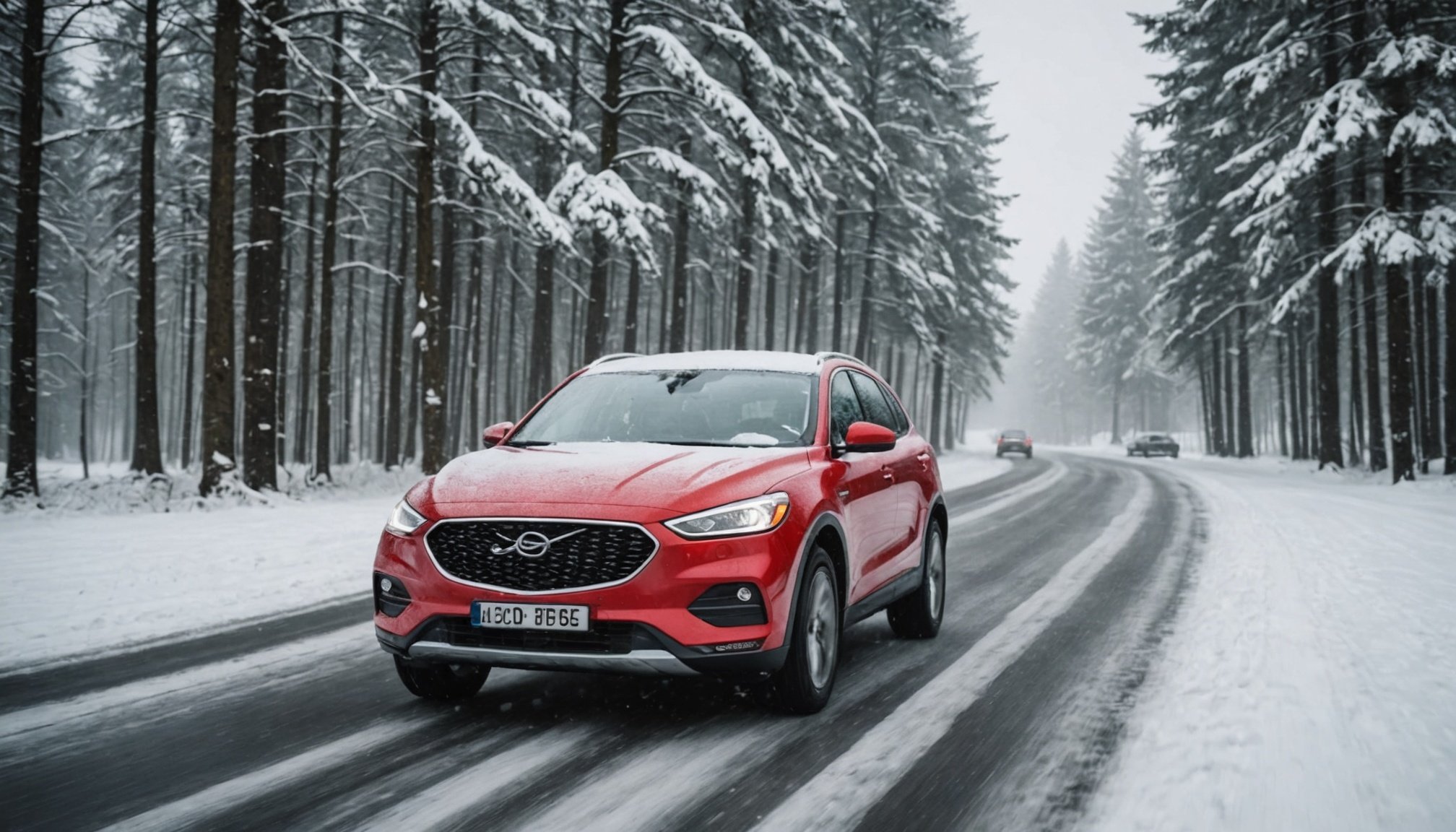As the crisp air of December wraps its icy fingers around us, the roads transform into challenging terrains that demand heightened awareness and enhanced preparation. During the winter months, the cold and snow create unique challenges that can compromise the safety of your vehicle. Whether you’re commuting to work or embarking on a holiday adventure, understanding how to prepare and navigate through these conditions is paramount. In this article, we delve into practical tips and insights to keep your drive seamless and secure through winter’s toughest conditions.
Mastering the Art of Winter Driving
Winter driving isn’t just about getting from point A to point B; it’s about adapting to the ever-changing weather conditions. The first step in ensuring you stay safe on the roads is understanding the dynamics of winter driving. When the snow starts falling, a dramatic change occurs in how your vehicle interacts with the road. The friction that typically exists between your tires and the ground lessens, making your car prone to slipping and skidding.
In parallel : What are the best practices for keeping children safe while driving?
To counteract these challenges, it’s crucial to adjust your driving techniques. Start by reducing your speed significantly when driving on icy or snowy roads. Quick stops or rapid acceleration can lead to uncontrolled skids, so strive for smooth operations. Another key practice is maintaining a safe distance from other vehicles; it’s wise to allow more time for both braking and accelerating than you would in normal conditions.
When navigating icy roads, steer with gentle movements to avoid sliding. If your vehicle begins to skid, look ahead where you want to go and steer in that direction. Avoid the instinct to slam on the brakes, as this can often exacerbate the skid. Remember, the goal is to drive with patience and caution, acknowledging that winter driving requires a different approach than other times of the year.
In the same genre : What are the implications of driving with worn-out tires on safety?
Preparing Your Vehicle for Winter Conditions
Ensuring that your vehicle is winter-ready is essential for safe driving. One of the first and most critical steps is to check your tires. The right tires can make a significant difference in how your car handles snow and ice. Consider investing in winter tires, which are specifically designed to provide better traction in cold conditions. If winter tires aren’t an option, ensure your current tires have sufficient tread depth and are inflated to the appropriate pressure.
Next, check your windshield wipers and fluid. Visibility is often compromised due to snow, slush, and ice, making it imperative to have good wipers and ample windshield washer fluid. Additionally, inspect your battery. Cold weather can strain your car’s battery, and the last thing you want is a failure in the middle of a winter storm.
Don’t forget the importance of maintaining your vehicle’s fluids. Antifreeze levels should be adequate, and your oil should be checked and changed if necessary. The cold affects all aspects of your car, so it’s wise to keep your vehicle well-tuned and ready to handle the harsh conditions. By ensuring your car is adequately prepared, you significantly reduce the risks associated with winter driving.
Essential Safety Tips for Winter Road Conditions
Driving during winter requires not just skill but an arsenal of safety measures to address unexpected situations. First, keep an emergency kit in your car. This kit should include essentials like blankets, a flashlight, a first-aid kit, sand or cat litter for traction, and non-perishable food items. This preparation can be a lifesaver if you find yourself stranded or delayed during a storm.
Stay informed about weather conditions before heading out. Checking the forecast can provide valuable insights into the kind of driving conditions you might face. Adjust your plans accordingly, and avoid unnecessary travel during severe weather alerts.
Communication is key. Inform someone of your travel plans, expected arrival time, and route. This information can be crucial if changes occur during your journey, providing a safety net if you’re delayed or need assistance.
Lastly, keep your gas tank at least half full. This precaution prevents fuel lines from freezing and ensures you have enough fuel for detours or delays. By adopting these proactive measures, you enhance your safety and the safety of others on the road.
Conclusion: Embracing a Mindset of Preparedness
Driving in winter conditions demands more than just basic skills; it requires a mindset of preparedness and adaptability. By understanding the dynamics of winter driving, preparing your vehicle adequately, and following essential safety tips, you can navigate harsh conditions with confidence and caution.
Remember that winter driving is not just a set of actions but a series of deliberate choices aimed at ensuring safety. As you traverse through winter’s challenges, let this season be one of awareness rather than anxiety, embracing the cold with knowledge and preparedness. Equip yourself with the right tools and mindset, and the winter roads will seem less daunting, allowing you to reach your destination safely and securely.











